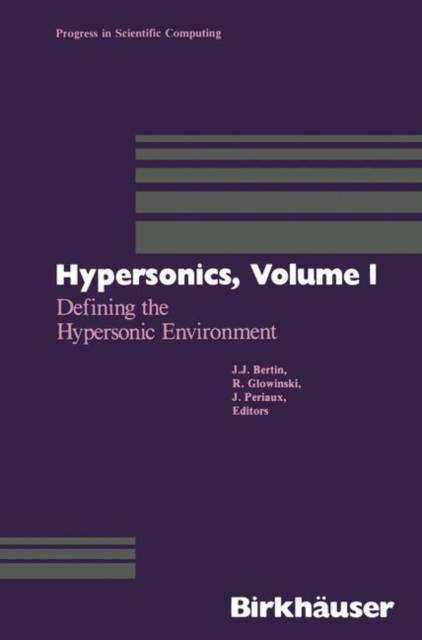
- Retrait gratuit dans votre magasin Club
- 7.000.000 titres dans notre catalogue
- Payer en toute sécurité
- Toujours un magasin près de chez vous
- Retrait gratuit dans votre magasin Club
- 7.000.0000 titres dans notre catalogue
- Payer en toute sécurité
- Toujours un magasin près de chez vous
Description
Tbe task of defining the aerothermodynamic environment for a vehicle flying through the air at hypersonic speeds offers diverse challenges to the designer. He must integrate a wide variety of scientific and technical disciplines, blending mathematical modeling, computational methods, and experimental measurements. Many of the manned reentry vehicles are relatively blunt or fly at very high angles of attack (so that the drag is relatively large) and enter the atmosphere at a relatively low entry angle. As a result, the hypersonic deceleration occurs at very high altitudes. Because the conversion of kinetic energy to internal energy modes occurs in a low density environment, the flow-field chemistry is an im- portant consideration. Experiments on the U. S. Space Shuttle demonstrated the importance of nonequilibrium flow and surface catalycity on the heating to the vehicle. To determine the aerothermodynamic environment of other vehicles op- erating hypersonically at very high altitudes, e. g., the Aero-Assisted Space Transfer Vehicle, the designer may have to consider viscous/inviscid interactions and the modeling of noncontinuum flows. Configurations that have a relatively high ballistic coefficient (such as slender reentry vehicles) and reenter the atmosphere at relatively high angles of attack experience severe heating rates and high dynamic pressures, but only for a short period of time. For these vehicles, continuum flow models incorporating equi- librium chemistry are reasonable.
Spécifications
Parties prenantes
- Auteur(s) :
- Editeur:
Contenu
- Nombre de pages :
- 549
- Langue:
- Anglais
- Collection :
- Tome:
- n° 8
Caractéristiques
- EAN:
- 9781468491890
- Date de parution :
- 22-12-12
- Format:
- Livre broché
- Format numérique:
- Trade paperback (VS)
- Dimensions :
- 152 mm x 229 mm
- Poids :
- 739 g

Les avis
Nous publions uniquement les avis qui respectent les conditions requises. Consultez nos conditions pour les avis.






